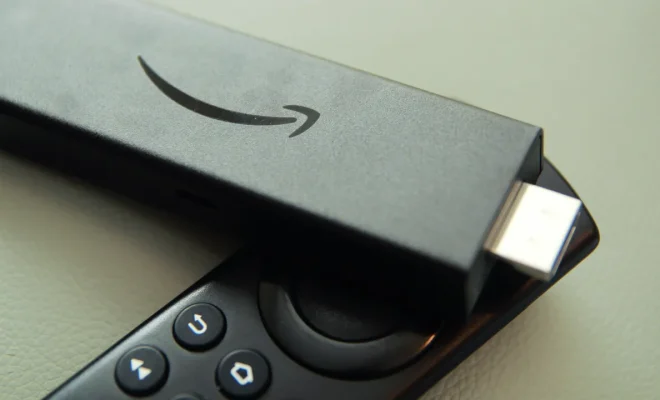How to Install PIP on Windows

If you’re a Python developer, you know how important it is to have access to the Python Package Index (PyPI) and its vast library of packages. To access these packages, you need to have PIP (Python Package Installer) installed on your system. In this article, we will guide you on how to install PIP on Windows.
Step One: Download Python
Before you can install PIP, you need to have Python installed on your system. If you don’t have Python installed, download and install the latest version from the official Python website (https://www.python.org/downloads/).
Step Two: Verify Python Installation
After installing Python, open Command Prompt and type “python” to verify that Python is installed correctly. You should see a message that displays the version of Python that you have installed.
Step Three: Download get-pip.py
Next, you need to download the PIP installation script. To do this, go to https://bootstrap.pypa.io/get-pip.py and save the file to your computer.
Step Four: Run the Installation Script
After downloading the installation script, open Command Prompt and navigate to the directory where you saved the “get-pip.py” file. Then, type “python get-pip.py” and press Enter. This will start the PIP installation process.
Step Five: Verify PIP Installation
To verify that PIP has been installed correctly, type “pip –version” in Command Prompt. You should see a message that displays the version of PIP that you have installed.
Step Six: Install Packages
Now that you have PIP installed, you can start installing packages from PyPI. To install a package, type “pip install [package name]” in Command Prompt and press Enter. PIP will download and install the package and its dependencies.
In conclusion, installing PIP on Windows is a simple process that can be done in just a few steps. By following these steps, you can have access to PyPI and its vast library of packages, making your Python development experience more efficient and productive.





